PS5 vs Xbox Series X: Which should you buy?
How does Sony and Microsoft’s latest generation stack up? PS5 vs Xbox Series X explained
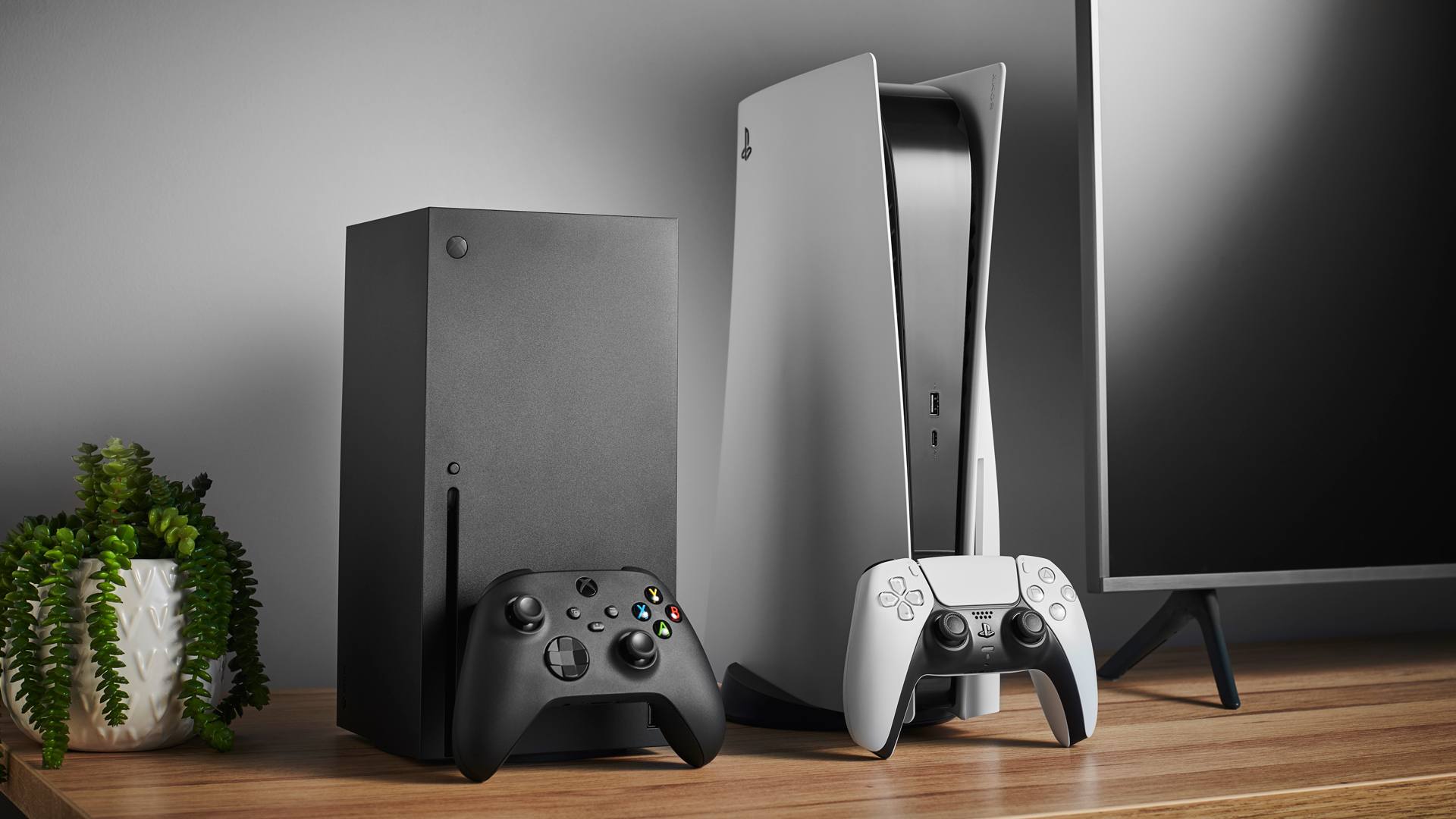
Investing in a PS5 vs Xbox Series X is a pretty tricky decision, especially as both machines have their pros and cons, alongside similar price tags. It's much more about the games and subscription services nowadays than pure specs too.
If you’re looking for a subscription-based experience that includes the latest games and experiences, you might err on the side of Xbox for the first time. Or if you’re keen on feeling like you’re playing a new generation of console you might want to pick up the haptic DualSense controller and prep your eyes for the PSVR 2. Let’s break down the specs, performance, and services available for both consoles. It’s time for the ultimate showdown between PS5 vs Xbox Series X.
Recent updates
Added new information about the recently announced PS5 Slim into the size section of this article to reflect the latest specs for the incoming model.
Where to buy
Where to buy PS5 and Xbox Series X consoles
Why you can trust GamesRadar+
If you're in the market for either of these new-gen consoles then here are the best places to attempt to nab them.
- US Xbox Series X most likely at:
Amazon | Microsoft | Best Buy | Walmart | Target | GameStop | B&H Photo | Newegg | Lenovo - UK Xbox Series X most likely at: Amazon | Very | Argos | Microsoft | Currys | John Lewis | Box | BT
- US PS5 stock most likely at:
Amazon | Walmart | Target | Best Buy | GameStop - UK PS5 stock most likely at:
Amazon | Very | John Lewis | Argos | Currys | Box
PS5 vs Xbox Series X - specs
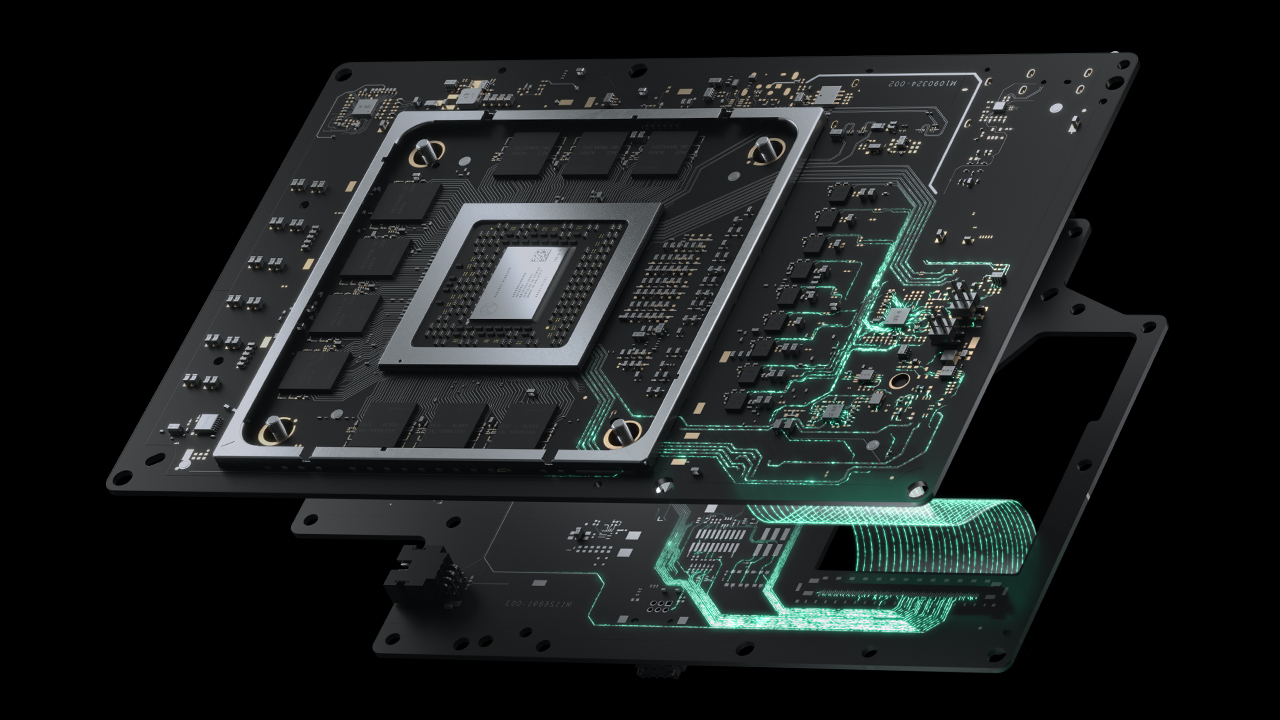
One of the key components of any generational shift is the pursuit of power, which is why the question around PS5 vs Xbox Series X specs is key. You know the drill: bigger, badder, and more powerful. Both consoles are demonstrably bigger, badder, and more powerful than their predecessors, but to what degree exactly?
At the heart of this next-generation initiative is the CPU ('central processing unit') and GPU ('graphics processing unit'). If the CPU is a brain handling internal calculations, then the GPU is the heart; it's used to render graphics and enhance the processor's functionality by accelerating and redistributing data flow. Wondering what that means?
Basically, the CPU and GPU need to work in harmony for the next-gen consoles to achieve more realistic visuals and the likes of ray-tracing. Both Sony and Microsoft have opted to pair once again with tech-company AMD on this front.
The consoles' SSD ('solid state drive') is equally important. This allows for much quicker loading, and it's a real game-changer. This also means that the Xbox Series X has what’s called Quick Resume, a feature that means not only is the console instant on but you can choose your game and be immediately where you left off, even if you have played another game in the interim.
The Xbox can store up to three save slots like this so you will be right back into the game without a reboot, even if you have changed games. The PS5 on the other hand will let you straight back into the game you were playing but if you try another one, you’ll have a full restart of the original, even if you use the Switcher in the Home menu. Improved loading times mean you won’t be waiting that long anyway though but it’s a nice touch from Microsoft.
Is PS5 more powerful than Xbox Series X, or vice-versa?
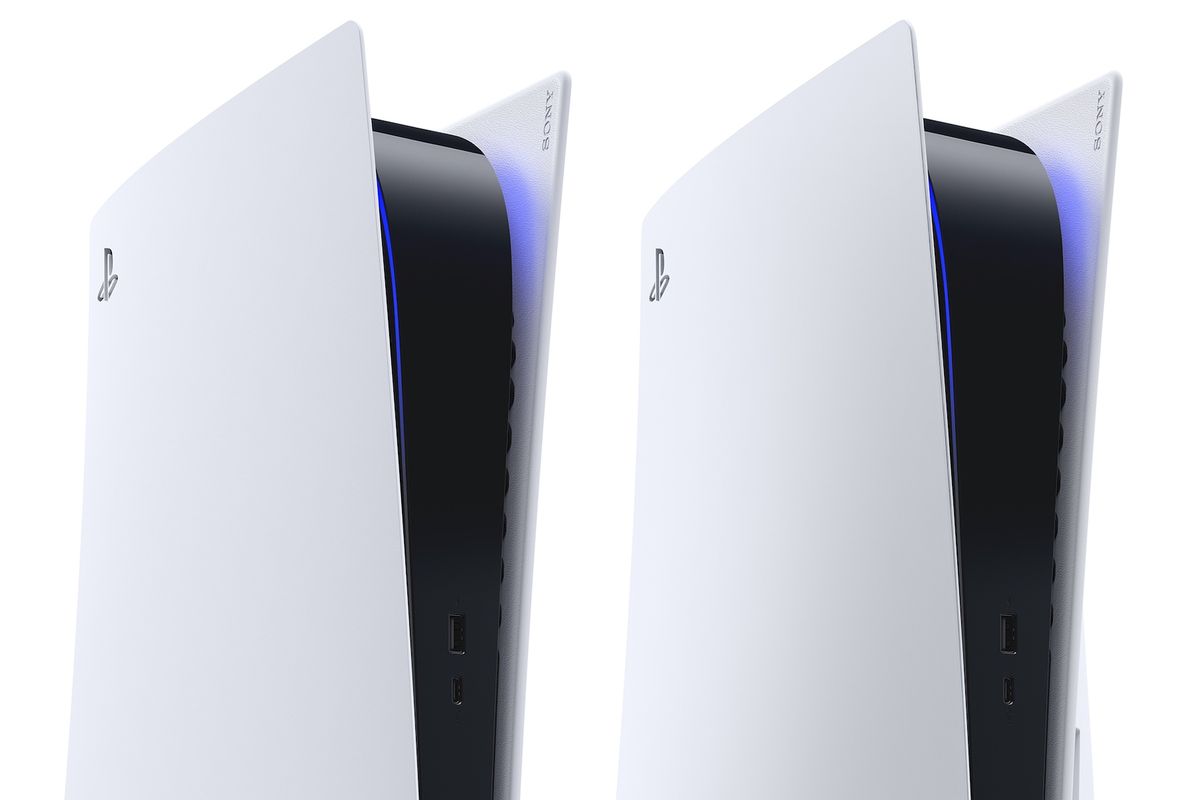
The PS5 CPU is a custom third-generation Ryzen chip (an eight-core Zen 2 behemoth packed with AMD's proprietary 7nm Zen Microarchitecture). As for the PS5 GPU, it's a heavily customized variant of AMD's Radeon Navi, which can simulate 3D audio and support ray-tracing. More specifically, it offers 10.28 teraFLOPs and 36 CUs ('compute units') at 2.23GHz. That's paired with 16GB GDDR6 RAM. In terms of storage, the PS5 packs a custom 825GB SSD running at 5.5GB per second.
In terms of extra storage, you can also plug in additional SSD support via PCIe 4.0 to expand space for games. It's not a cheap endeavor to get one of the best PS5 SSDs, but it is very much worth it for the extra storage.
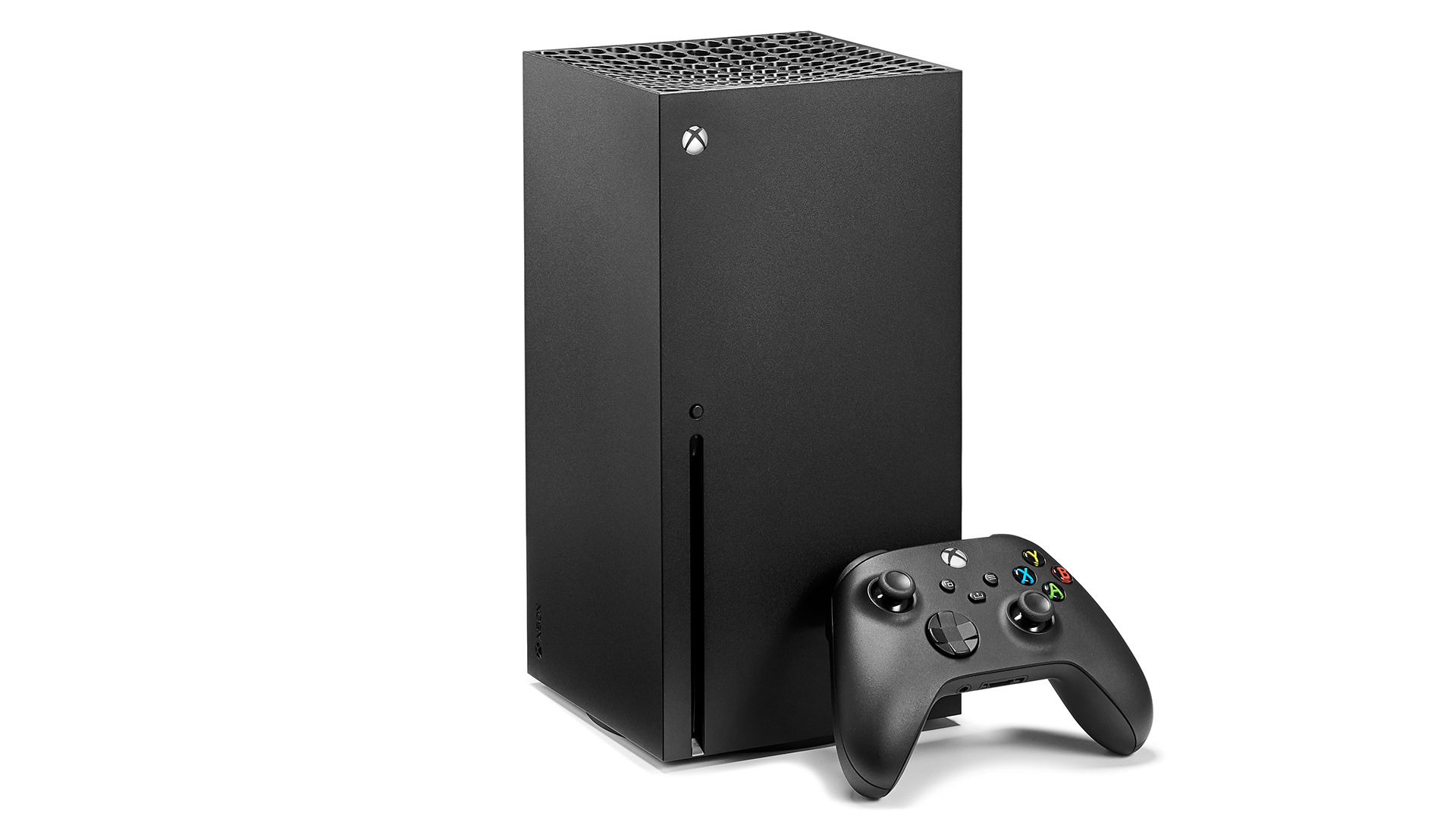
Now onto the Xbox Series X specs. Like Sony, Microsoft worked with AMD to co-engineer a custom system-on-chip platform (which effectively means the CPU and GPU are integrated). It also has an eight-core Zen 2 system, but the Xbox Series X version clocks in at 3.8GHz. Meanwhile, the GPU can handle 12 teraFLOPs with 52 CUs at 1.825GHz. This allows Xbox Series X to support hardware-accelerated real-time ray-tracing, leading to gorgeous visuals. Finally, the console has 16GB GDDR6 RAM with a hefty 1TB SSD running at 2.4GB per second. If you want more, it can be supported with the official Xbox Series X Storage Expansion Card that offers an extra 1TB of space.
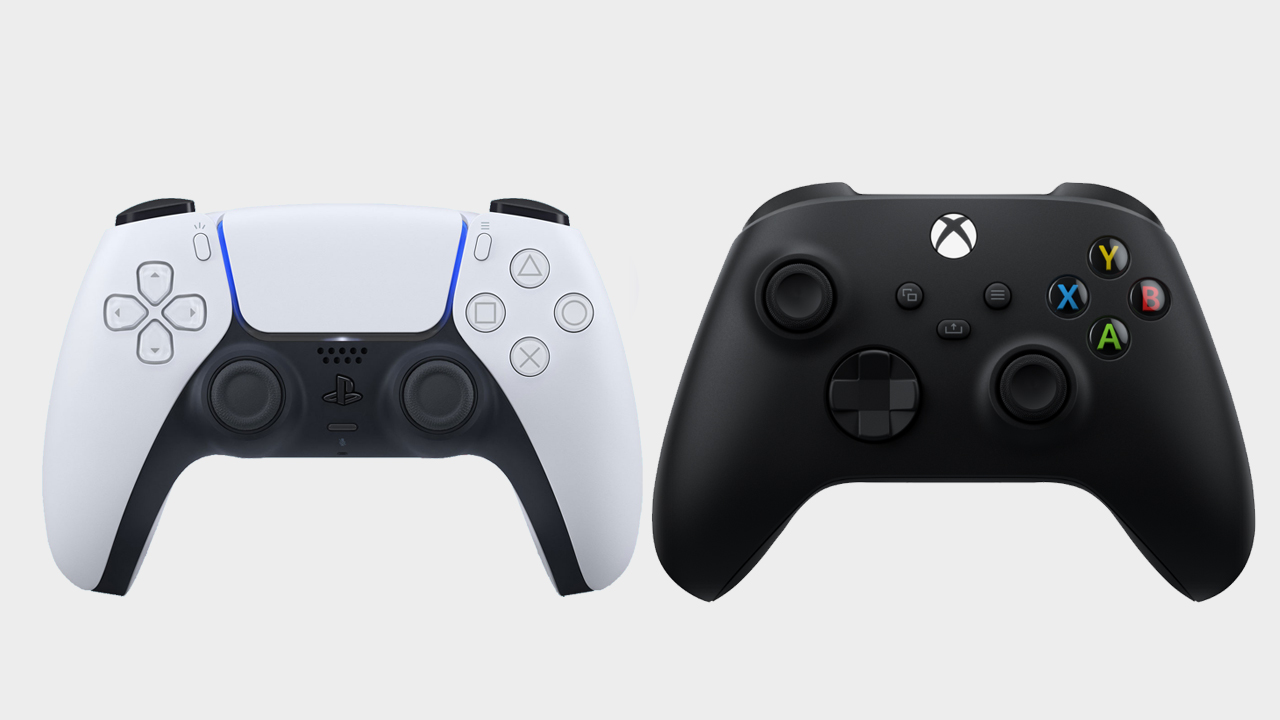
So, let's address the elephant in the room: on paper, there's a big difference between the two consoles regarding CPU, GPU, and SSD storage. Specifically, the Xbox Series X seems to edge into the lead with each. Case closed? Not quite. Things are much more complicated when you dig a little deeper. To begin with, there's only a tiny gap between the two CPUs in power (particularly because the Series X only manages 3.6GHz with simultaneous multithreading to improve efficiency). As for graphics, the Series X has the lion's share of power thanks to those two extra teraFLOPs... but isn't likely to trot it out much beyond exclusives.
Games on both platforms are limited by the lowest common denominator, after all, so even if they're slightly prettier on Xbox, there won't be a tremendous gap. And frankly, it's not how many teraFLOPs you have that matter - it's how you use them.
Both consoles natively support 4K resolutions at 60 frames-per-second, but don’t listen to those cries of 8K resolutions just yet. Both Sony and Microsoft have thrown around 8K gaming as a concept but currently, the only thing that can handle these resolutions is their HDMI 2.1 port. Cheeky, eh? Instead, both consoles are concentrating on 4K at 60fps and even 120fps in certain games, so there’s no need to worry about getting yourself an 8K TV just yet.
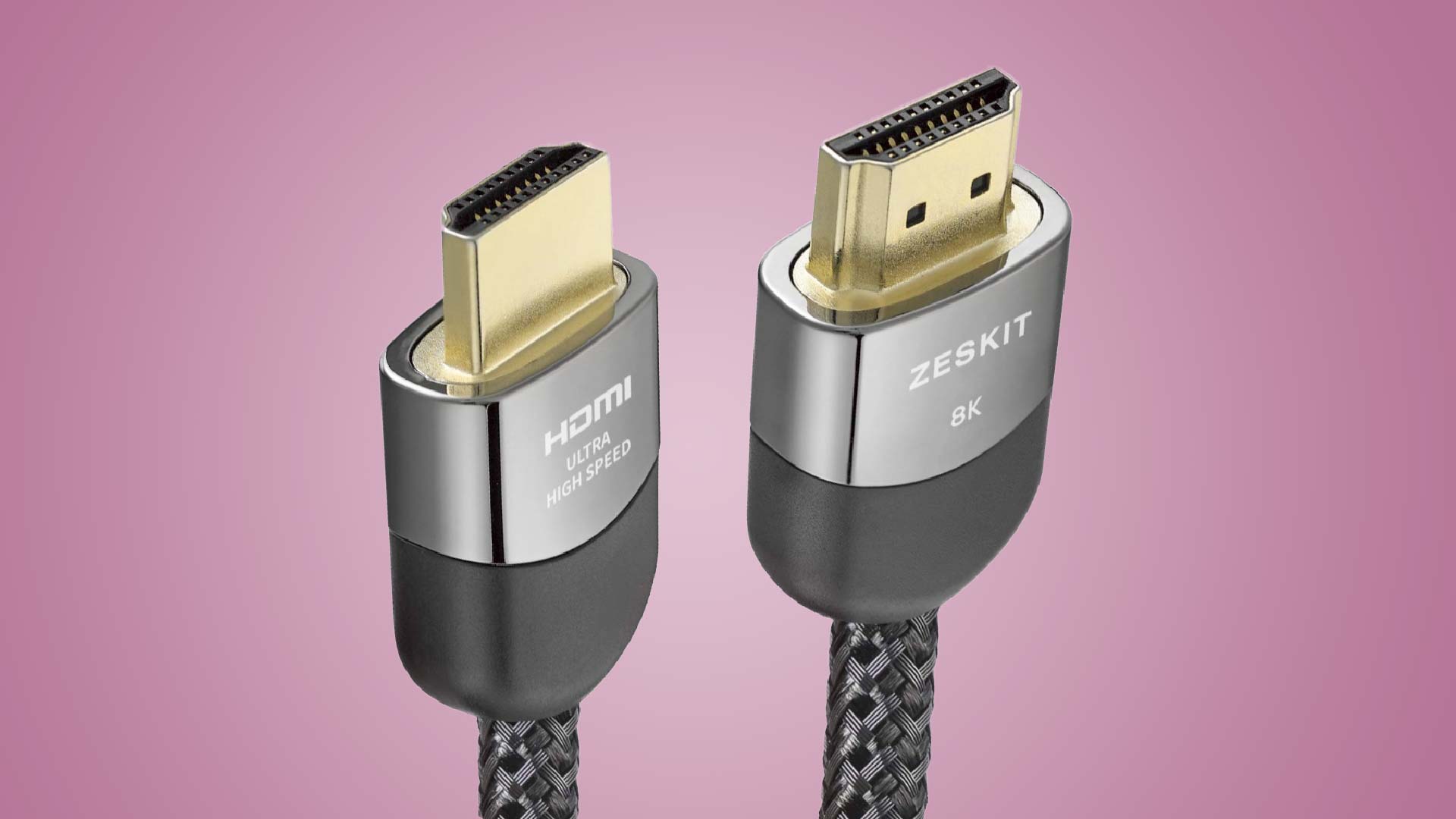
What HDMI 2.1 capabilities on both consoles also mean though is that with a compatible TV, you will be able to make the most of 120fps gaming at 4K, VRR (variable refresh rate to improve smoothness), and ALLM (auto low latency mode). Currently the Xbox Series X has both VRR and ALLM turned on, while the PS5 is waiting on a VRR update. There’s also no mention of when ALLM will arrive on the console. If you aren’t sure whether your TV has HDMI 2.1, you can head into the display settings of both the PS5 and Xbox Series X and they will helpfully let you know what your TV can handle.
Let’s compare those SSDs then. Even though the PS5's storage looks inferior at first glance (825GB compared to 1TB for Series X), it's actually got the advantage. That's because of its speed. The PS5 SSD can manage 5.5GB per second, and this is double the Series X's 2.4GB per second. What does that mean in layman's terms? The PS5 could potentially load games considerably faster than Xbox Series X but as yet, comparisons are strikingly similar.
Both consoles' SSDs are advanced enough that they can be used as virtual memory, hence the boost in loading times, open-world smoothness, and quick seamless changes between game screens or types. It's also worth noting that both systems still accept physical media for the most part, with Sony and Microsoft committing to Blu-Ray support for the foreseeable future despite the digital-only PS5 Digital Edition and Xbox Series S ditching the drives altogether.
PS5 vs Xbox Series X: Performance
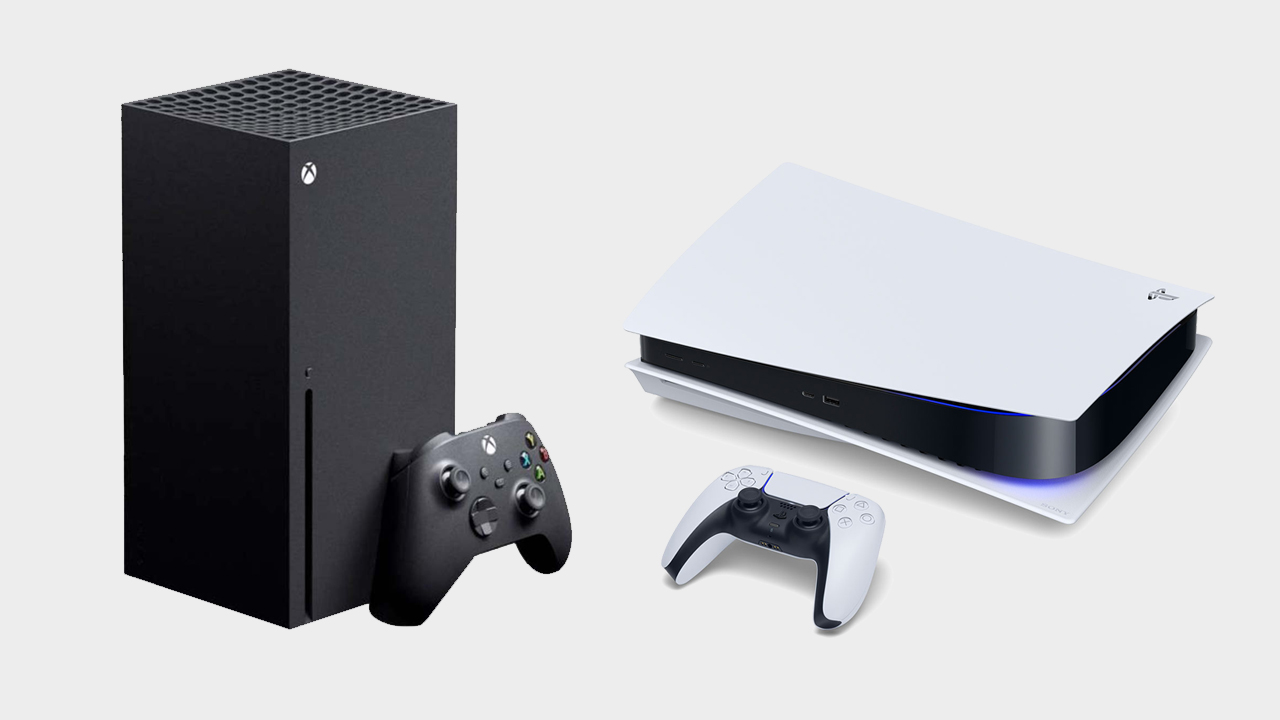
When it comes to performance, for the full lowdown you can read both our PS5 review and Xbox Series X review for full breakdowns but there are a few key takeaways where each console shines.
First off, the PS5 relishes being a new generation console with the fully redesigned DualSense controller. With built in haptics and adaptive triggers, it really pushes away from the previous generation, making you feel like a part of the game. Whether you’re feeling every spring in Astro’s Playroom or terrified by the steady thrum of Returnal through your hands, there’s a true sense of immersion here. Add in the impressive Sony first-party titles, each making the most of this shiny new tech and it feels like only a tease of what to come. And if that feels like a gimmick to some, the PS5’s visuals certainly aren’t. Shining especially in first-party games but beautiful across the board, the impressive graphics are also clearly only just the beginning but a very noticeable upgrade from the previous generation. Oh, and if you’ve always had to wear headphones because of the noise of your PS4, you’ll be very pleased to know that the PS5 is near silent.
When it comes to the Xbox Series X, we're now far from that exclusive game free launch and there are plenty of ways to see the quiet power of the console. Rather than concentrating on new tech, Microsoft has focussed on honing and improving its current offering, an evolution rather than a revolution if you will. What this means is that while there’s no new controller to crow about, the Xbox Series X quietly devastates performance-wise. The focus on 120fps for games like Halo Infinite, Forza Horizon 5, and Sea of Thieves means the Xbox Series X offers up consistently beautiful visuals and eye-melting speeds. The addition of FPS Boost - which we’ll talk about later - is a killer tool that means even older games come with a renewed sharpness that makes your backlog even more playable. And, while its tile-based UI doesn’t have the pizzaz of the PS5, the Series X remains intuitive and makes sharing screenshots and video significantly easier than prior generations.
PS5 vs Xbox Series X: Size
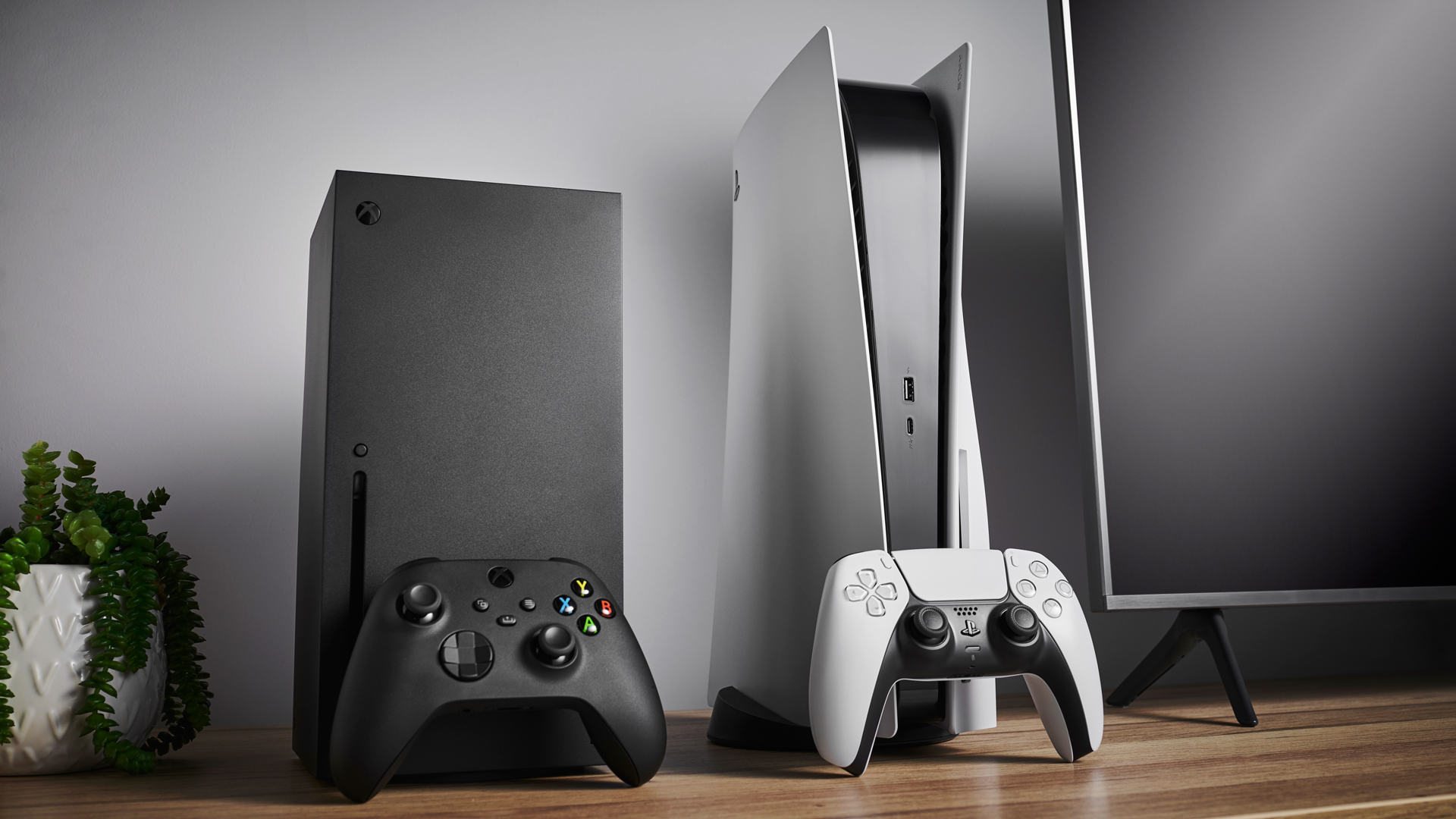
We know life’s not all about size but when it comes to PS5 vs Xbox Series X, it totally is, and while neither console is particularly diminutive, the PS5 is an absolute monster. Sony’s new-gen behemoth sits at a TV stand-busting 390mm in height, 260mm deep, and 104mm wide. The saving grace here is that the PS5 is as happy lying down as it is looking like part of a modern skyline on its stand so you shouldn’t need to buy new furniture.
And don’t think that buying the PS5 Digital Edition will help much. The only difference is a cm in the width of the console. There is a bit of a weight difference between the two flavors. The regular PS5 weighs in at 4.5kg, while the disc drive-free version is a significantly lighter 3.9kg.
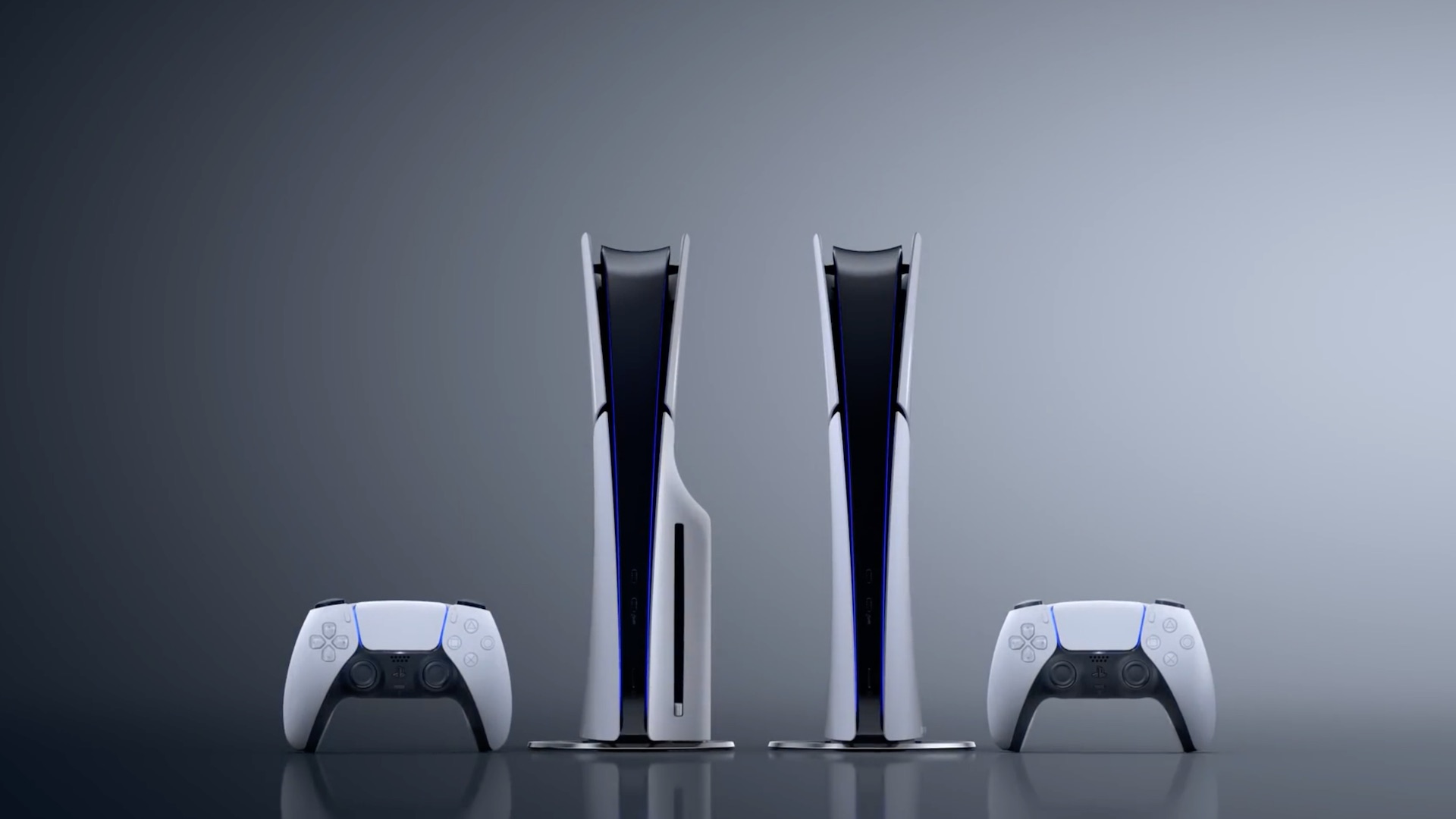
However, it's worth noting that from November 2023, Sony is rolling out a new version of the PS5 that everyone's calling the PS5 Slim even if Sony isn't. It reduces the volume of the original designs by 30% and drops the weight by up to 24%.
The new PS5 dimensions are 358 × 96 × 216 mm, with a weight of 3.2kg, while the new PS5 Digital Edition is 358 × 80 × 216 mm and weighs 2.6kg.
If you were worrying about the PS5 not matching your decor, it's now possible to buy official PlayStation Console Covers in five different colors. You can switch up the white to Midnight Black, Cosmic Red, Starlight Blue, Galactic Purple, and the eye-watering Nova Pink for £44.99/ $54.99. New face plates for the equally new model will be available at a later date apparently. And don't worry, you can always get a DualSense controller to match.
In comparison to the size of the PS5, the Xbox Series X is positively Lilliputian. Microsoft’s console measures 301mm in height and is a pleasing 151mm depth and width. This makes it a satisfying little monolith to have towering next to your television and, like the PS5, it can be used in both a vertical and horizontal position so you can hide it away in your stand. Weight-wise, the Xbox Series X comes in slightly under the competition at 4.4kg but we’re not advising you do squats with either.
PS5 vs Xbox Series X: Price
Ah yes, the outlay. Price-wise, the PS5 is sitting at $499.99/£479.99 for the full fat version and the Digital Edition will set you back $399.99/£389.99.
The Xbox Series X is priced at $499/£449 and the less powerful and digital-only Xbox Series S costs $299.99/£249.
It’s also worth noting that for the first time for a new generation console, Microsoft has introduced a subscription-based model for both boxes. Called the Xbox All Access program, this is a monthly contract service over two years that includes the console and 24 months of Xbox Game Pass.
For the Xbox Series X this is a monthly charge of $34.99/£28.99 and for the Series S it’s $24.99/£20.99. There are no hidden charges either so the bundle is an interest-free investment if you don’t have the funds to shell out for the full console.
PS5 vs Xbox Series X: Games

But what do CPUs and SSDs even mean if you don’t have games to play? As attractive as both the PS5 and Xbox Series X would be as door stops with good airflow, it’s time to look at the exclusive games on each console. Now that we’re creeping closer to two years since their respective launches, we’ve got a much clearer idea of the kinds of experiences to expect on both the PS5 and the Xbox Series X. And the last year has seen huge changes in the landscape in terms of the offerings on both consoles. One in particular… *cracks knuckles*
First up, let’s look at the PS5 exclusives. There are now a cluster of PS5 console exclusives. The excellent Returnal, Demon’s Souls, Ratchet & Clank: Rift Apart, Gran Turismo 7, God of War Ragnarok, and Horizon Forbidden West can all only be found on PS5.

And then there’s Xbox Series X. It’s now very clear that Microsoft has been playing the long game. A few quieter E3 shows over the years and the slow addition of studio after studio to the first party stable and Xbox now has a frankly incredible offering of exclusive games. Instead of Xbox Series X exclusives, Microsoft has taken a more holistic approach with just Xbox exclusives. These are games that can be played on Series X, Series S, Xbox One, and PC. Obviously, the Series X version will make the most of the technology but anything for Xbox comes out across all of these platforms and for most titles also automatically arrives on Xbox Game Pass on the day that the game is released.
Now, we’ll get onto the service itself shortly but in terms of exclusive games, the selection is now, err, eXceptional. Halo Infinite, Gears 5, Sea of Thieves, Psychonauts 2, Forza Horizon, and Microsoft Flight Simulator are just a selection of the games now exclusive to the platform. And, then there’s the small matter of the $7.5 billion acquisition of Bethesda, adding every Bethesda title to Gamepass and securing exclusive rights to its first new IP in 25 years, Starfield. This year’s Xbox and Bethesda showcase confirmed no less than 50 games coming to Xbox Game Pass in the next 12 months. Redfall, new Minecraft game Minecraft Legends, Starfield and Forza Motorsport are all on the way, and obviously off in the distance somewhere is the future exclusive Elder Scrolls 6.
PS5 vs Xbox Series X: Xbox Game Pass vs PlayStation Plus
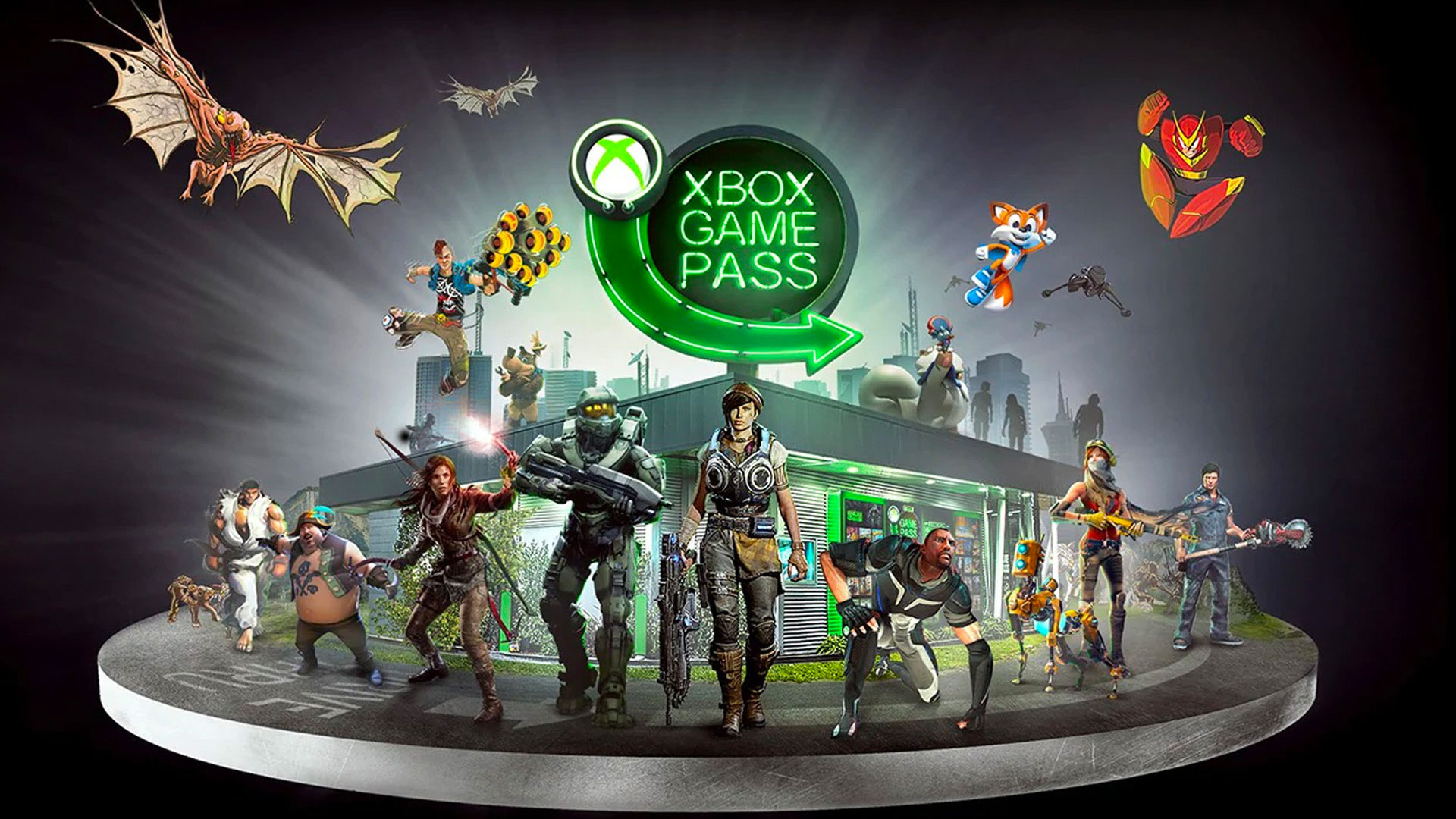
The success of Xbox Game Pass has led Sony to follow suit with its own subscription service in 2022 so let’s break down the two services.
First off, Xbox Game Pass Ultimate. At $14.99/£10.99 a month for the full game library that now includes Bethesda and EA titles, this is now an automatic reason for many to choose an Xbox Series X over PS5. And it’s easy to see why. As the cost of living rises, the Xbox library is becoming world-beating stuff. Third-party games do come and go but the number of titles arriving on day one is a compelling prospect. Put simply, why buy Sniper Elite 5 on launch day if you can download it at no extra cost on Xbox Series X? It’s a bold move from Microsoft that’s very much paying off for the company. Its conferences are fast becoming announcements of everything you’ll have for free on launch. The long-term effects on the industry itself are another feature altogether but for the consumer, this is speedily becoming a no-brainer.
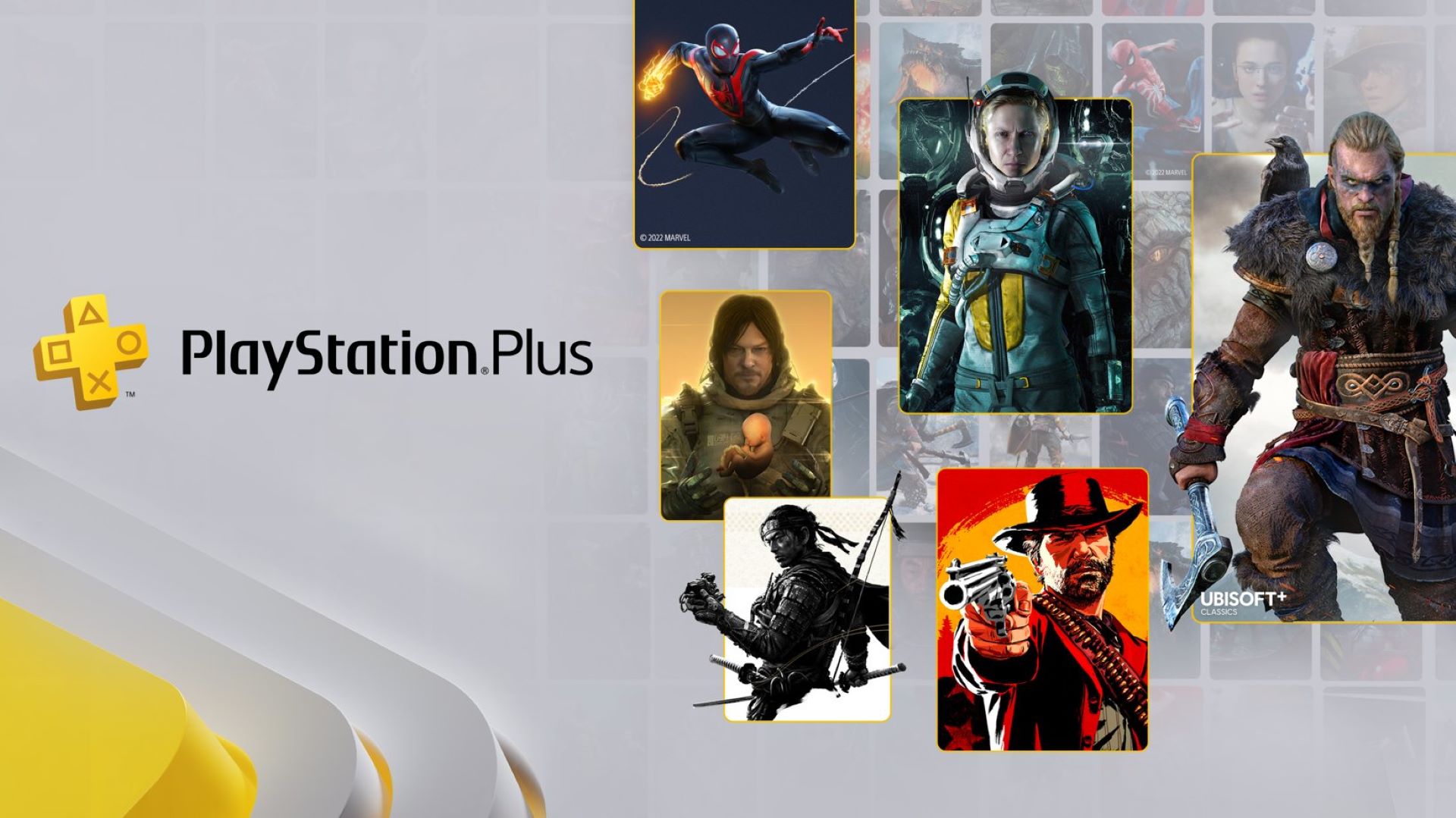
Sony realized that it really needs to keep up and has released its own version of a gaming subscription service. This new version of PlayStation Plus has now consumed PlayStation’s previous streaming service PlayStation Now and is a little more complex than Microsoft’s catch-all effort. There are effectively three different tiers to choose from.
PlayStation Plus Essential is the new name for the existing PS Plus membership with a few monthly games as well as online multiplayer access and discounts. This is now $9.99/£6.99 a month or $59.99/£49.99 yearly.
PlayStation Plus Extra gives you everything above but also access to a constantly updated catalogue of PS4 and PS5 games. This is $14.99/£10.99 a month or $99.99/£83.99 yearly and gives you access to an impressive array of more than 400 first and third party games.
PlayStation Plus Premium is the top tier with access to everything from both Essential and Extra levels as well as a library of more than 300 PSOne, PS3, PSP Classic,and PS3 Remaster titles. For $17.99/£13.49 a month or $119.99/£99.99 yearly you’ll also get access to original PS3, PSOne, PS2, PSP, and PS4 titles via cloud streaming.
PlayStation Plus Extra and Premium include some of Sony’s biggest titles. Death Stranding, God of War, Marvel’s Spider-Man: Miles Morales, and Returnal are amongst the games available. The libraries announced so far have been rich in retro titles too so there’s plenty of return on your investment if you’re a Sony fan.
One big difference is that Sony will not be adding the biggest first-party releases on day one on these services, something that obviously Microsoft is more than happy to splash its cash on. The attraction of the Extra and Premium tiers then will be dependent on you wanting to play a game in the library but even though this will vary by country, there’s plenty to choose from. And it’s nigh on essential if you don’t want to dig out your original consoles for some old-school LocoRoco.
- Best games on Xbox Game Pass (updated monthly)
- Xbox Game Pass list - all the Game Pass titles for Xbox and PC
- All PS Plus Premium games and PS Plus Extra games
PS5 vs Xbox Series X: Backwards compatibility
With only a small number of exclusive launch titles available last year - in fact, none in the case of Xbox - PS5 and Xbox Series X backwards compatibility is a seriously hot topic. PS5 backwards compatibility means nearly all PS4 games are playable on the new console, bar a handful you probably won’t notice. You can also play PS4 games online alongside those on the previous generation so there’s no need for all your friends to update consoles to continue to play together. This is a welcome approach and especially essential as stock shortages continue.
When it comes to Xbox Series X backwards compatibility Microsoft has taken things a step further than the previous generation. Not only do all Xbox One games work but you’ll also find hundreds of Xbox 360 games, and even a stack of original Xbox games are playable. You can check the full collection still available to buy here. Plus, if you’ve spent any time in Xbox Game Pass you might have discovered a stack of Xbox 360 EA titles included in your subscription. Anyone for a round of Zuma’s Revenge?
But Microsoft hasn’t just stopped at making previous generation console games playable. There is a backward compatibility team within the company specifically to make titles look even better and run at higher frame rates than those available at release. This is what Microsoft calls FPS Boost and the team added FPS Boost to a stack of EA and Bethesda games early in 2021, some of which now run at up to 120fps. As if that wasn’t enough, in early May, the team dropped another 74 games with FPS Boost including the Assassin’s Creed Ezio Collection and Deus Ex Mankind Divided which now run at 60fps. You can see the full (currently 97 strong) list and the associated frame rates on the constantly updated blog here.
In some cases, the resolution of the games takes a hit when the frame rate is increased so there is an option to turn FPS boost on and off if you would rather keep the visuals as they were on release. You can toggle this in the game's settings. Just go to:
[Game} > Options > Manage game and add ons > Compatibility options > FPS boost
PS5 vs Xbox Series X: Cloud gaming
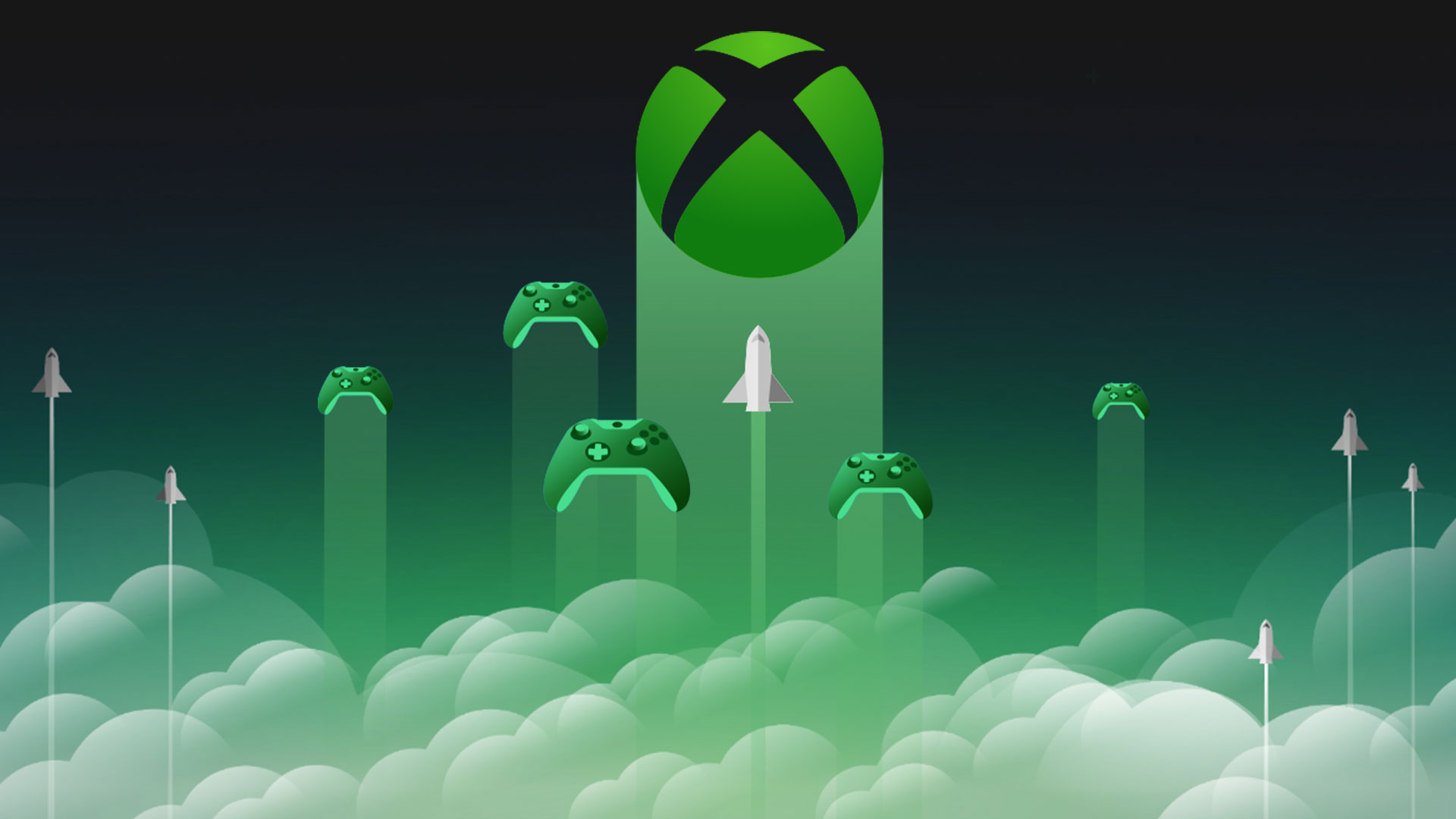
Thanks to significantly speedier internet than days of yore, cloud gaming is now a much more realistic promise for many of us. The Xbox Cloud Gaming service is still in Beta but offers access to hundreds of Xbox games including Halo Infinite and Sea of Thieves if you’ve got an Xbox Game Pass Ultimate subscription. All you need is the Xbox App and a controller. As well as an official Xbox Controller you can even use a Sony DualShock 4 which is an especially nice touch. It does depend on your speed of connection but playing something like Halo: Infinite on an iPad with an Xbox pad feels like game changing stuff. Especially when your save is in the cloud and you can just continue on Xbox Series X where you left off. Truthfully it feels a lot like being in an inspirational lifestyle ad which is no bad thing.
Microsoft is also releasing a new Xbox TV app for Samsung Smart TVs which allows players to play on the cloud without anything other than a controller. Xbox might find itself finally fulfilling Stadia’s dream of requiring only a pad and an internet connection to play AAA games. Stadia, of course, works perfectly but has a far smaller install base than Xbox does and Microsoft is happy to offer all of its games on one monthly subscription fee. The Xbox TV app is limited to 1080p resolution and 60fps for now but this feels like the beginning of a very exciting future. Given that Fortnite: Season 3 is available for free with a subscription, the right games are definitely there for a shift to the cloud.
And not to be outdone, PlayStation cloud streaming is now available on PC as part of the top tier of PS Plus. PlayStation Plus Premium allows you to stream a catalogue of classic titles to your PC or even your PS4 or PS5 without having to download the game itself. For use on PC, you’ll need to download the app and be ready with your PSN details and a DualShock 4 controller. Sony recommends a broadband speed of 5Mbps or higher to make sure everything is as seamless as possible.
PS5 vs Xbox Series X: PSVR 2
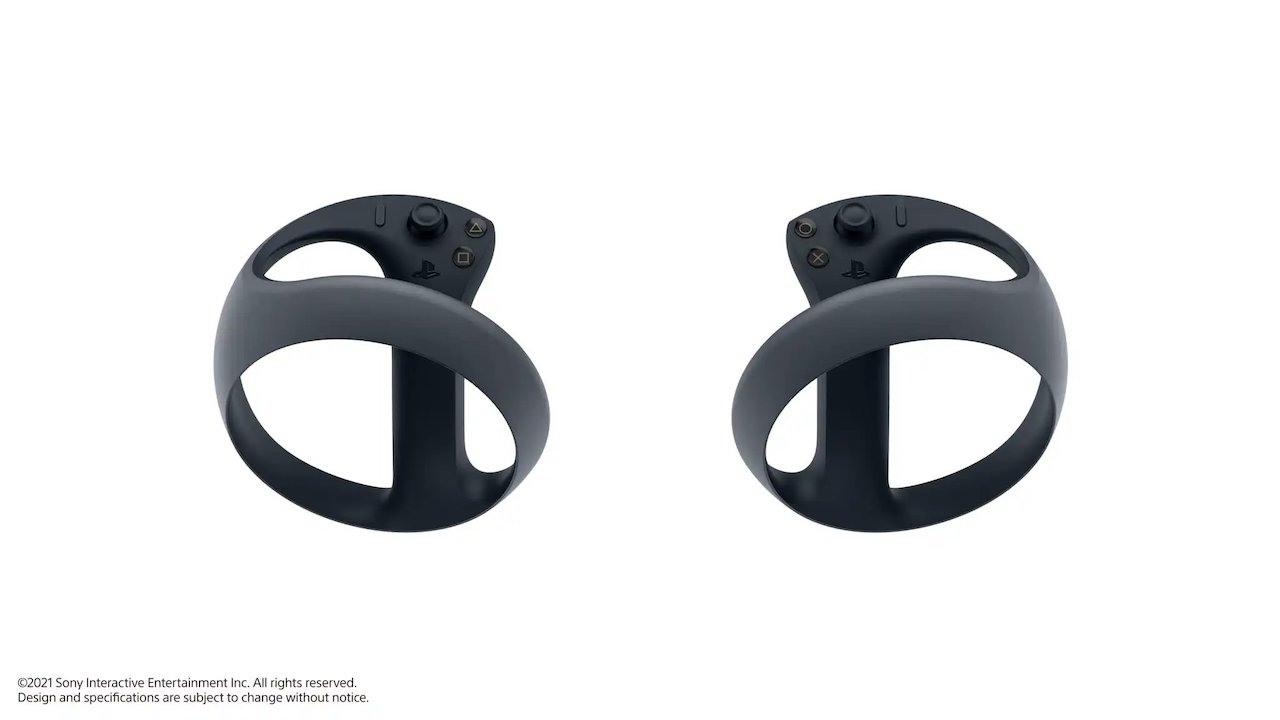
While Xbox is leading the way on a simple subscription service, Microsoft has fully dismissed VR for the platform. Sony though has now released the PSVR 2 for the PS5 with a number of significant upgrades from the original. The square edges of the first PlayStation virtual reality headset are gone, leaving slick minimalist lines and those lights used for tracking have disappeared too. There’s no need for an external sensor as, just like the Meta Quest 2, the PSVR2 uses onboard camera tracking in the headset for positioning. And, in news that will be of great relief to those with a sea of PSVR boxes and wires, there’s only one wired USB connection.
Thanks to two 2000 x 2040 OLED displays, the headset supports full 4K resolution imagery up to 120fps. This means four times the resolution of the original headset and the field of view has been cranked up another 13 degrees to 110 degrees for an even more immersive VR experience. The original PSVR potentially isn’t as crisp as it could be but still feels impressive, meaning that this upgrade is a real literal gamechanger. Plus given that everyone’s eyes are different, a new lens dial has been added to the PSVR2 for ultimate clarity which will make a real difference. There’s even a new airflow solution to prevent lens steaming that Beat Saber players especially will appreciate.
And this is all before we get onto the haptic feedback built into the headset. If you think the zips and rockets of Astro’s Playroom through the DualSense feel impressive, so-called ‘Sensory features’ in PS VR2 are going to be even more exciting for you. A motor inside the headset means you literally feel character heartbeats or the sensation of leaves brushing past our face. Just don’t think about how that’s going to feel in horror games with Sony’s 3D audio. First-party studio experiences are going to be frankly dangerous once the PSVR2 is out in the wild.
Gameswise, Horizon Call of the Mountain is the main exclusive PSVR2 experience right now.
- Upcoming PSVR 2 games - all the titles revealed so far
- Best PSVR 2 games so far
PS5 vs Xbox Series X: Which should you buy?
While the Xbox Series X and PS5 are close on price and performance, the big question is what kind of games you want to play and, importantly, how much you want to pay for them and how you want to play them. Sony still holds the keys to impressive first-party experiences like Horizon Forbidden West and God of War with its upcoming PS5 games but Xbox Game Pass is a frankly incredible investment offering up constant new exclusive titles for no extra investment. The next year is looking bright for upcoming Xbox Series X games and if you’re a Bethesda fan in particular, your future lives in Xbox. In turn though, with its bold choices around the DualSense controller, the PS5 feels like more of a new gen experience and has an impressive VR option on the way. Truthfully you aren’t going to lose with either and it might just be a case of choosing which console to buy first.
Sign up to the GamesRadar+ Newsletter
Weekly digests, tales from the communities you love, and more
Louise Blain is a journalist and broadcaster specialising in gaming, technology, and entertainment. She is the presenter of BBC Radio 3’s monthly Sound of Gaming show and has a weekly consumer tech slot on BBC Radio Scotland. She can also be found on BBC Radio 4, BBC Five Live, Netflix UK's YouTube Channel, and on The Evolution of Horror podcast. As well as her work on GamesRadar, Louise writes for NME, T3, and TechRadar. When she’s not working, you can probably find her watching horror movies or playing an Assassin’s Creed game and getting distracted by Photo Mode.
- Sam LoveridgeBrand Director, GamesRadar+
